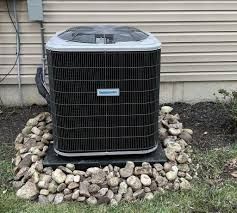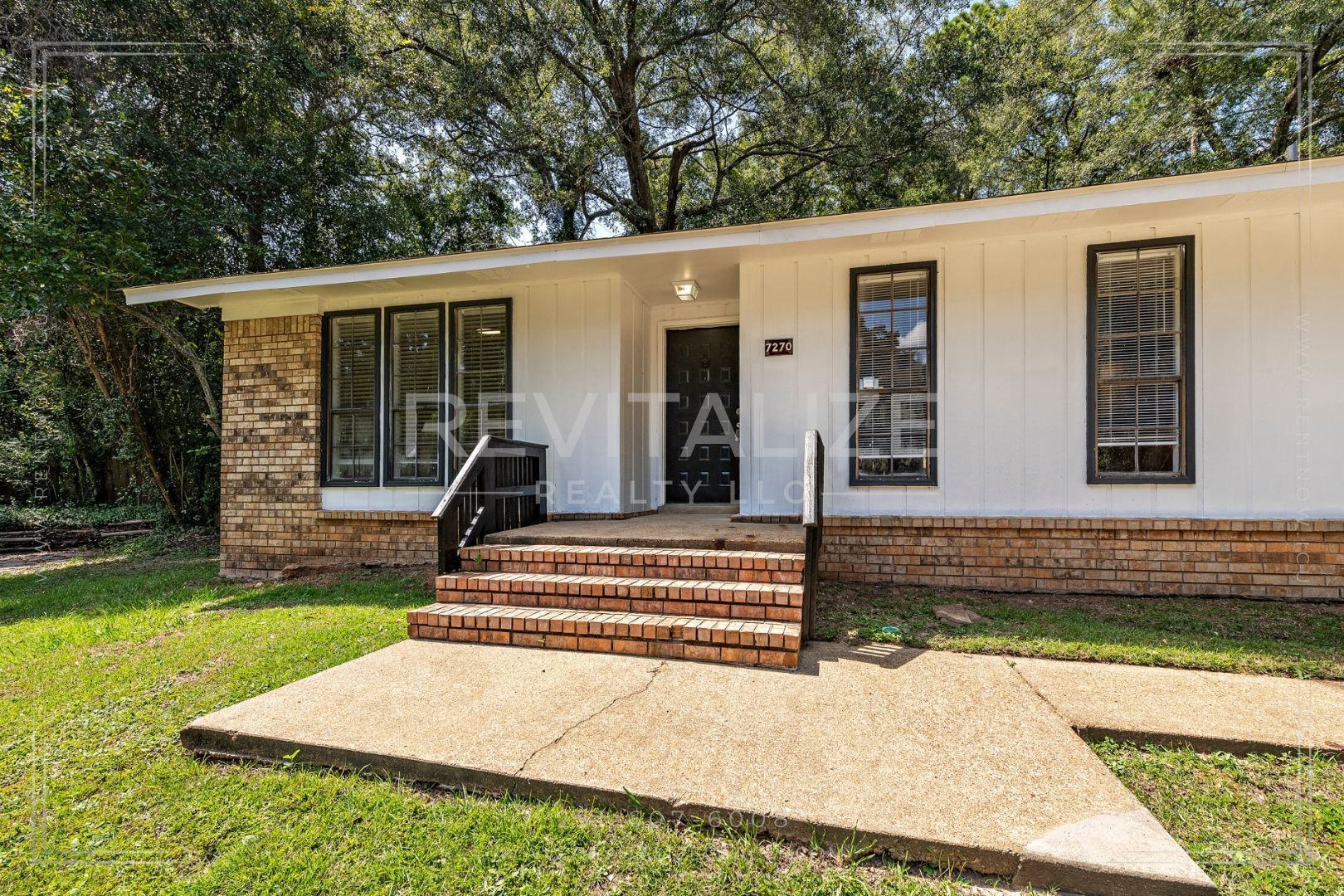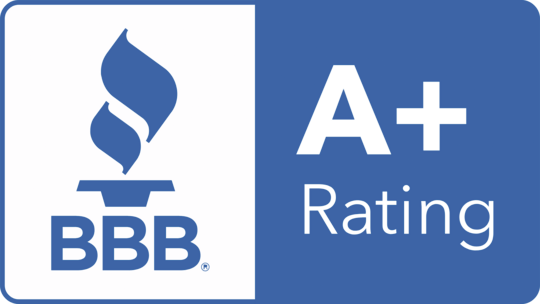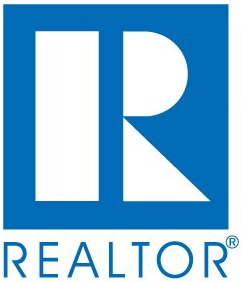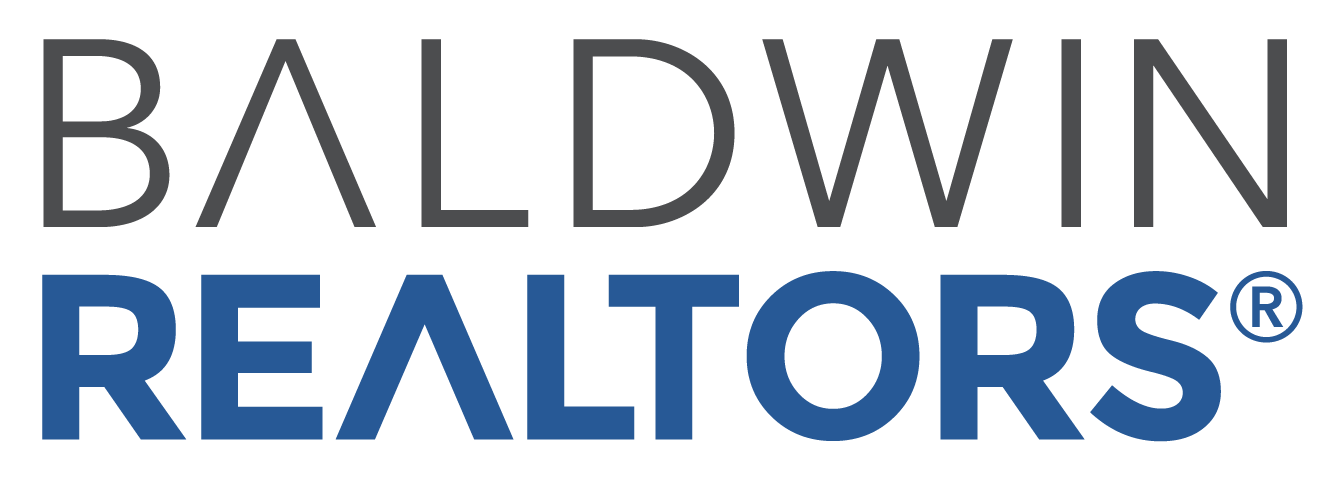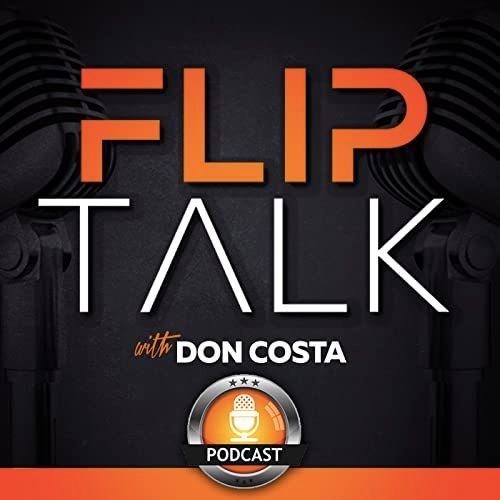Shutdown Shockwaves
How the Government Freeze Is Hitting Landlords

The ongoing federal government shutdown is sending ripples through the housing market and creating unique headaches for landlords — both those leasing to traditional market renters and those participating in voucher or subsidy programs such as U.S. Department of Housing and Urban Development (HUD)-assisted tenants. While immediate consequences may appear modest, the potential for longer‐term disruptions is real and warrants attention.
Traditional Market Renters
For landlords who lease to standard market tenants (non-voucher), the shutdown’s effects are manifest in a few key ways. First, the broader economic uncertainty associated with a lapse in federal funding can slow job growth, especially in regions with a large federal workforce or government contractor presence. A furloughed or unpaid federal employee might struggle to pay rent, reducing predictability for landlords. For example, in jurisdictions such as Virginia and Maryland, landlords are warned that eviction filings may proceed but that courts might apply technical stays for federal worker furloughs.
Offit Kurman Lead times also matter: slower economic activity means fewer new renters entering the market, which can push landlords to hold vacant units longer or reduce rent to keep occupancy.
Another avenue of impact is related to financing, insurance and leasing infrastructure. The shutdown delays some federal regulatory functions such as flood-insurance certifications, environmental reviews and mortgage processing, which can indirectly affect properties in flood zones or new development portfolios. realtor.com+1 If financing and transactions slow, landlords looking to sell or refinance may face higher costs or delays, altering their ability to maintain or upgrade rental properties.
Voucher and Subsidy Program Tenants
For landlords participating in HUD or other federally supported subsidy programs (for example voucher programs such as Section 8), the shutdown presents a slightly different set of risks and considerations. On the one hand, these programs often have contracts and reserves in place that prevent immediate disruption. For instance, housing authorities say they have sufficient funds to continue Housing Assistance Payments (HAPs) for now.
Oklahoma Housing Finance Agency+1 That means, in the short term, landlords should expect their subsidy income to keep flowing — which is a relief compared to market renters facing furlough risk.
However, the big caveat is that if the shutdown is prolonged, funding lapses could eventually impact voucher programs, contract renewals, or administrative support (inspections, re‐certifications). A property with a subsidy contract up for renewal during the shutdown might face delays or uncertainty. Tenant protections are in place: voucher tenants are advised to continue paying their portion of rent, and eviction or rent increases specifically tied to the shutdown are prohibited. NHLP For landlords this means maintaining clarity and communication with the housing authority and tenants is key.
What Landlords Can Do
Whether dealing with traditional renters or voucher tenants, landlords should review lease terms, ensure communications are up to date, and maintain cash flow buffers. For voucher properties, confirming contract expiration dates and understanding how local housing authorities are managing reserves is wise. For market tenants, screening for job stability and considering the local economic mix (especially if large federal employers are in the area) may reduce risk.
Bottom Line
While the current shutdown may not yet have triggered mass rent defaults or subsidy failures, it has introduced greater uncertainty. Traditional‐market landlords face indirect risks from broader economic disruption, whereas voucher‐program landlords can breathe easier for now but should remain vigilant. The shutdown underscores how intertwined federal funding, housing assistance, and private rental markets have become — and how delays and ambiguity at the federal level can echo all the way down to neighborhood rental properties.









